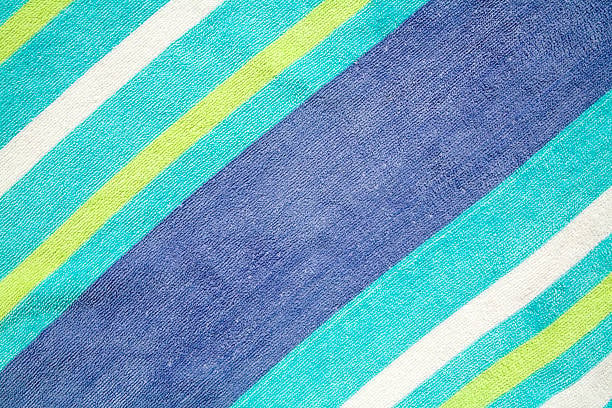Table of Contents

Introduction
Stripping fabric is a necessary process when you want to give new life to old pieces or prepare them for a fresh coat of paint or stain. Whether you're working on furniture, curtains, or other fabric items, knowing how to strip fabric properly is essential. In this article, we will guide you through the step-by-step process of stripping fabric, highlighting different aspects that will ensure successful results.
Choosing the Right Tools
Before you begin stripping fabric, it's crucial to gather the necessary tools. The following tools will help you achieve the best possible results:
- Chemical stripper: Look for a stripper specifically designed for fabric, which will be gentle yet effective.
- Protective gear: Wear gloves, safety goggles, and a mask to protect yourself from any potential chemicals or debris.
- Scrapers and brushes: These tools will assist in removing the old finish or paint from the fabric.
- Sandpaper or sanding block: These are useful for smoothing out any rough areas after stripping.
Preparing the Fabric
Preparation is key before diving into the stripping process. Here are the steps to follow:
- Choose a well-ventilated area: Stripping fabric can release fumes, so it's important to work in a space with good airflow.
- Protect the surrounding area: Lay down drop cloths or plastic sheets to prevent any damage to the floor or nearby furniture.
- Remove any hardware: If you're working on furniture, take off any handles, hinges, or other hardware that may interfere with the stripping process.
- Test in an inconspicuous area: Before applying the chemical stripper to the entire fabric, test it in a small, hidden area to ensure it doesn't damage or discolor the fabric.
Applying the Chemical Stripper
Now that you're ready to begin stripping the fabric, follow these steps:
- Put on your protective gear: Ensure you are wearing gloves, safety goggles, and a mask before handling any chemicals.
- Apply the stripper: Use a brush or cloth to apply an even layer of the chemical stripper onto the fabric. Make sure to follow the manufacturer's instructions for application time.
- Allow the stripper to work: Give the chemical stripper enough time to penetrate the old finish or paint. This may range from a few minutes to several hours, depending on the product.
- Remove the old finish: Use a scraper or brush to gently remove the softened finish or paint. Work in small sections to prevent the stripper from drying out before you can remove it.
Cleaning and Finishing
Once you have successfully stripped the fabric, it's time to clean and finish it:
- Clean the fabric: Use a clean cloth or sponge and a mild detergent to remove any residue left by the chemical stripper. Rinse thoroughly and allow the fabric to dry completely.
- Sand the fabric: If there are any rough spots or imperfections, lightly sand the fabric using fine-grit sandpaper or a sanding block. This will ensure a smooth surface for further treatment.
- Apply a new finish: Depending on your desired outcome, you can now apply a fresh coat of paint, stain, or fabric dye to revitalize the fabric.
Disposing of the Waste
Properly disposing of the waste materials is important for both safety and environmental reasons:
- Check local regulations: Research your local waste disposal guidelines to ensure you follow the proper methods for disposing of chemical strippers and any other waste generated during the process.
- Seal and label containers: If you need to store any leftover chemical strippers, make sure to seal them tightly in their original containers and label them clearly. Keep them out of reach of children and pets.
Conclusion
Knowing how to strip fabric is a valuable skill for anyone looking to refurbish or transform old fabric items. By following the steps outlined in this guide, you can safely and effectively strip fabric, allowing you to breathe new life into your favorite pieces. Remember to always prioritize safety by wearing protective gear and following the manufacturer's instructions for any chemical strippers used.
